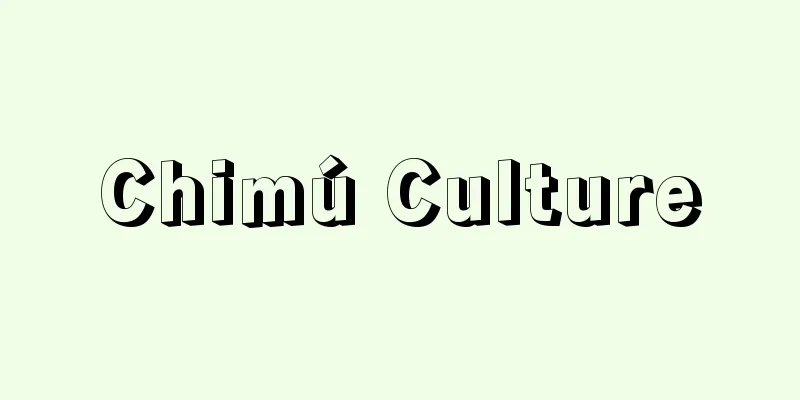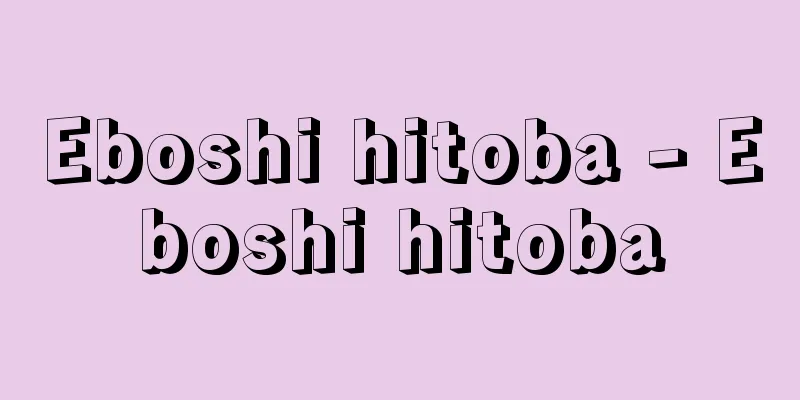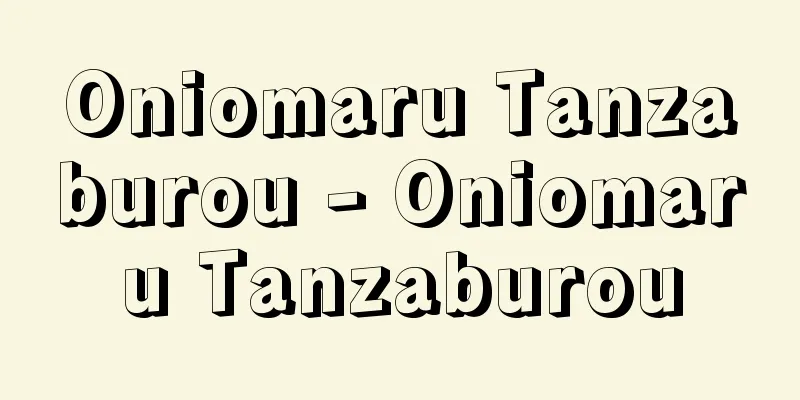Chimú Culture

|
A pre-Inca culture that flourished in the valleys of Moche, Chicama, Lambayeque and Hequetepeque on the north coast of Peru. According to legend, in the 12th century AD, conquerors who came from the sea on rafts founded the Lambayeque dynasty, and later a new dynasty was born in Moche. In the 14th century, the latter conquered the former, and established a kingdom with Chan Chan as its capital, ruling a wide area from the Chira River in the north to the Spe in the south. There are many large settlements, such as Chan Chan, El Purgatorio and Pacatnamu, and there are also remains of civil engineering works such as the Grand Canal of the Cumbre and the road that runs through the desert. Pottery is represented by black hieroglyphic vases fired in a reducing flame and polished, but there are also red ones. The vessels mainly consist of stirrup-shaped jars, double-bodied jars, jars shaped like human faces, and bridge-shaped spouted jars, and they depict a variety of aspects of daily life, culture, and flora and fauna. They were mass-produced using molding, and are less individual than the pottery of the preceding Moche culture. However, there are a small number of carefully crafted pieces that exude royal elegance. Many other noteworthy products remain, including wooden ceremonial guards, wooden palanquins for royalty, golden products such as containers, plates, and ceremonial knives (tumi), as well as bronze ceremonial implements. The Chimu Kingdom was conquered by the Inca Empire of Cusco in the second half of the 15th century, and its political organization and technology are said to have been a great inspiration to the Incas. [Yoshiro Masuda] Source: Shogakukan Encyclopedia Nipponica About Encyclopedia Nipponica Information | Legend |
|
ペルー北海岸の、モチェ、チカマ、ランバイェッケ、ヘケテペケの谷を中心に栄えた先(プレ)インカ期文化。伝説によれば、紀元12世紀ごろ、海から筏(いかだ)でやってきた征服者がランバイェッケの王朝を創設し、のちモチェにも新王朝が誕生した。そして14世紀に後者が前者を征服し、チャンチャンを首都として、北はチラ川から南はスペに至る広域を支配する王国を建設した、という。集落としては、チャンチャンのほか、エル・プルガトリオ、パカトナムーなど大規模なものが多く、またクンブレの大運河、砂漠を貫く道路などの土木工事の跡も残っている。土器は、還元炎で焼き、磨き上げられた黒色の象形壺(つぼ)によって代表されるが、赤色のものもある。器型は鐙型(あぶみがた)壺、双胴壺、人面象形壺、橋型注口壺などが主体であり、生活文化や動植物相が多彩に表現されている。型入れによる量産が行われ、前代のモチェ文化の土器に比して個性に乏しい。ただし、少数ではあるが、入念につくられ、王朝的な気品をたたえた作品もある。そのほか、木の儀仗(ぎじょう)、王族の木製の輿(こし)、容器、皿、儀礼用ナイフ(トゥミ)などの黄金製品、青銅の儀礼用具など注目すべき製品が多く残っている。チムー王国は、15世紀後半、クスコのインカ帝国によって征服されたが、その政治組織や技術は、インカ人に大きな刺激を与えたといわれている。 [増田義郎] 出典 小学館 日本大百科全書(ニッポニカ)日本大百科全書(ニッポニカ)について 情報 | 凡例 |
Recommend
Ginkgo - Ginkgo
…They stay near the river mouth for a while and t...
Parkway (English spelling)
A highway is a main road that aims to make driving...
In Judgement - Zaihan
[Noun] (Suru) 1. A copy of an ancient document, et...
Type I explosive
…The latter explosives are substances that can on...
Seppuku - Seppuku
A method of suicide by cutting one's stomach ...
Pedestal - Daiza
〘Noun〙① A platform on which to place things. ※Sekk...
Horse-theater - Umashibai
A tent performance where all the performers ride h...
Mie [town] - Mie
An old town in Ono County, southern Oita Prefectur...
Ugaki Disarmament - Ugaki Gunshuku
…In 1924, he was recommended by Giichi Tanaka to ...
X-Ray Star - X-Sensei
A common name for star-like X-ray sources in the M...
Institute of Primate Biology
…In 1919, he founded the Primate Laboratory at Ya...
Stone sapling
…Although “Otedama” is the common name throughout...
barre
In classical dance, the term barre refers to a ho...
Shojin crab (English name: Plagusia dentipes)
This crab belongs to the family Grapsidae and live...
Makino Narusada - Makino Narusada
Year of death: 5th day of the 6th year of Shotoku ...








![Consciousness - Bewusstheit [German]](/upload/images/67cae84493763.webp)
